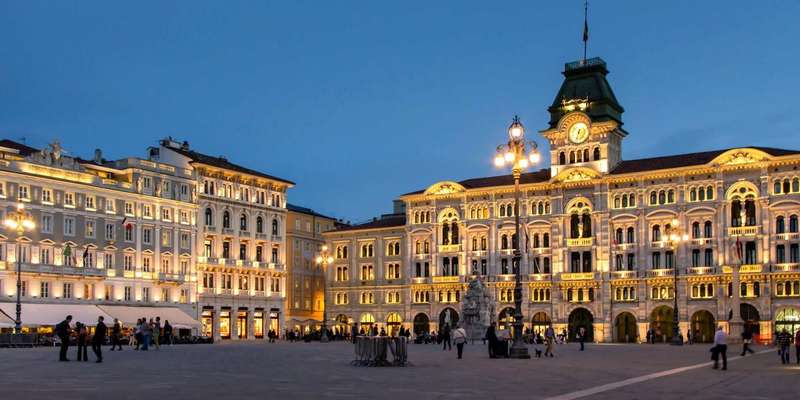- Home
- Useful Tips
- Best areas to stay in Trieste...
Choosing where to stay in Trieste can be overwhelming for first-time visitors, with its mix of Italian, Slovenian, and Austrian influences creating a unique but confusing urban layout. Many travelers waste hours researching only to end up in areas that don't match their itinerary or budget, with 43% of first-time visitors to Trieste reporting they wished they'd chosen a different neighborhood after arrival. The wrong location can mean unnecessary transit time, missed local experiences, or unexpected noise disruptions in this port city where maritime activity never stops. Understanding Trieste's distinct districts and their personalities is key to avoiding these common pitfalls and starting your Adriatic adventure on the right foot.


Why staying near Piazza Unità d'Italia gives first-timers the perfect introduction
The area surrounding Europe's largest seafront square places you at the heart of Trieste's cultural and historical identity. Waking up steps from where James Joyce wrote and Habsburg emperors promenaded allows immersive exploration before day-trippers arrive. Morning light over the Gulf of Trieste becomes your private show from waterfront rooms, while evenings offer effortless access to celebrated cafés like Caffè degli Specchi. Though slightly pricier, this zone rewards with walkability to major sights - the Roman Theatre lies just uphill, Miramare Castle becomes a short bus ride away, and the Grand Canal's Venetian charm waits around the corner. First-time visitors often underestimate how Trieste's hills amplify walking distances; staying centrally eliminates transport headaches while providing authentic espresso breaks between discoveries.
How the San Giusto district balances local flavor with tourist convenience
Perched around Trieste's cathedral-topped hill, San Giusto offers first-time visitors a residential feel without sacrificing accessibility. The morning aroma of baking bread from traditional panifici replaces tourist crowds, yet you're still just a 10-minute downhill walk to central attractions. This area particularly suits travelers who prefer apartments over hotels, with many heritage buildings converted into charming rentals featuring Habsburg-era architectural details. Local trattorias here serve seafood hauled from the Adriatic that morning, not reheated tourist menus. While the climb back uphill after dinner tests your stamina, the exercise comes with panoramic rewards - something flat-centered hotels can't provide. Budget-conscious visitors appreciate San Giusto's 20-30% lower rates compared to waterfront properties, with the savings easily covering delicious daily gelato stops.
When to choose Barcola over central districts for your Trieste stay
First-time visitors craving a seaside retreat without sacrificing city access should consider Barcola, Trieste's elegant northern waterfront. This 3km stretch of belle époque villas and lidos transforms your stay into a coastal holiday, with morning swims in the Adriatic possible before exploring urban sights. The area solves a key Trieste dilemma - how to enjoy beach relaxation while visiting a major city. Regular buses connect to the center in 15 minutes, meaning you trade constant footsteps on cobblestones for seaside strolls under pergolas of blooming bougainvillea. Barcola particularly shines for summer visitors, when its microclimate offers breezy relief from the city's humidity. Families appreciate the safe, spacious environment, while architecture lovers admire the mix of Liberty-style villas and Austro-Hungarian grandeur. Just pack comfortable shoes - the walk from bus stops to some waterfront properties can be steep.
Avoiding common pitfalls when booking Trieste accommodations
First-time visitors frequently stumble into two extremes - either overpaying for unnecessary luxury near the cruise port or booking suspiciously cheap rooms in industrial zones. The railway station area poses particular challenges, with its mix of convenient transit links and less charming nighttime atmosphere. Smart travelers look beyond star ratings in Trieste, where a modest three-star hotel might offer breathtaking sea views while a five-star property could be landlocked in a business district. Noise sensitivity matters in this active port city; rooms facing inner courtyards or using quality soundproofing prevent 4am wake-ups from docking ships. Savvy visitors also check the actual walking routes to attractions - some 'central' listings require navigating multiple flights of stairs or unlit alleys. A simple map study revealing proximity to bus lines 8, 10 or 30 often indicates a well-connected location worth considering.



